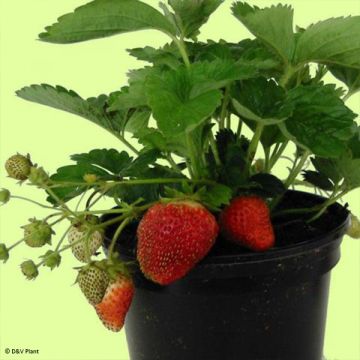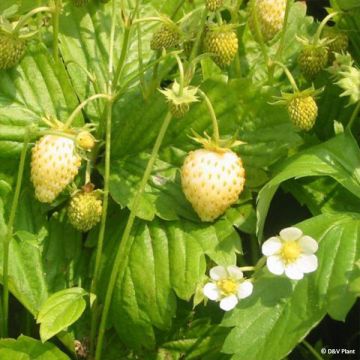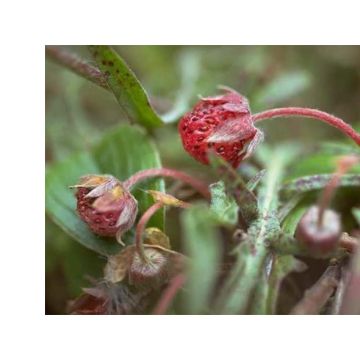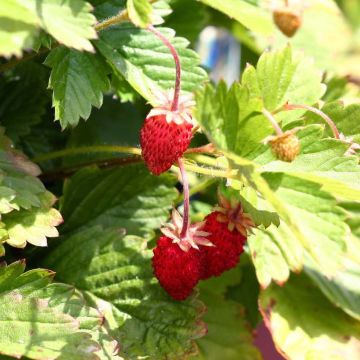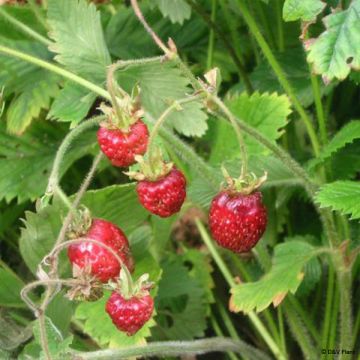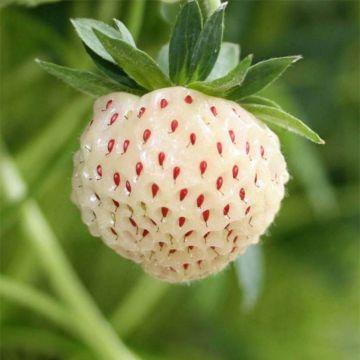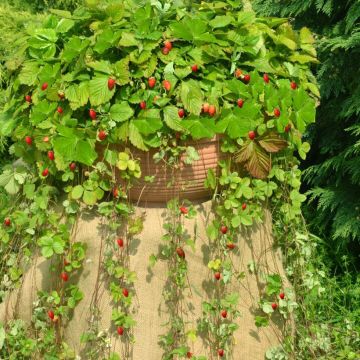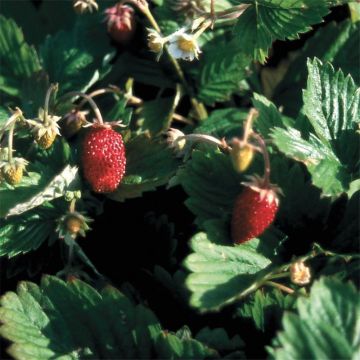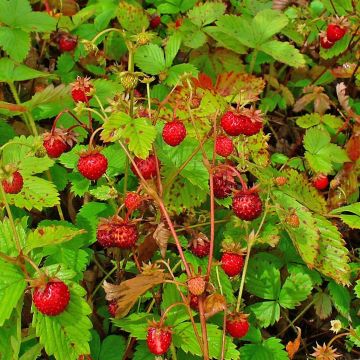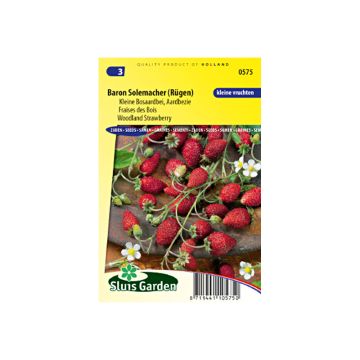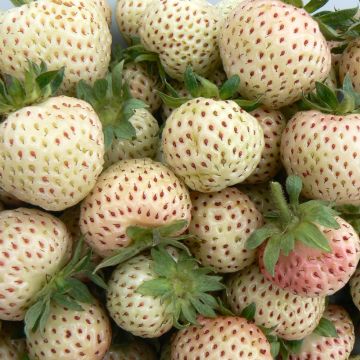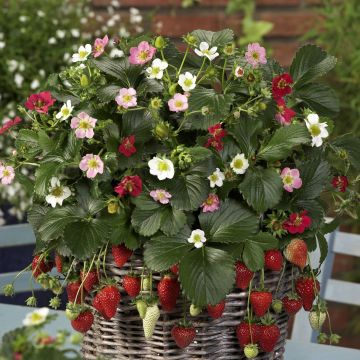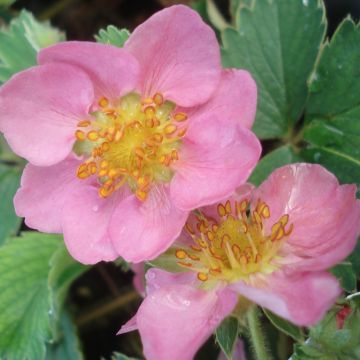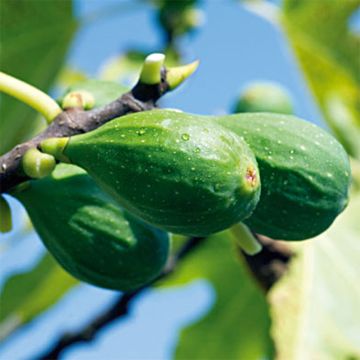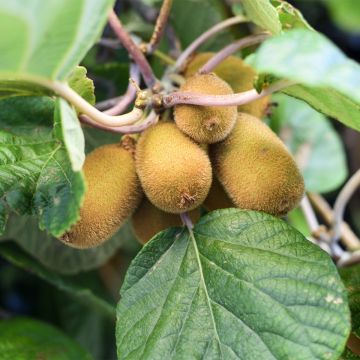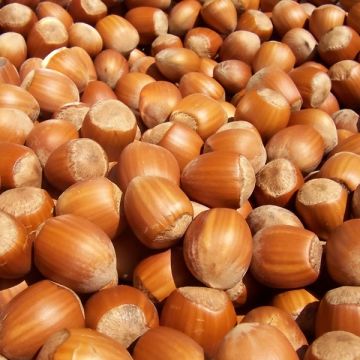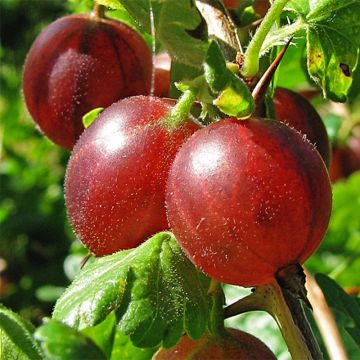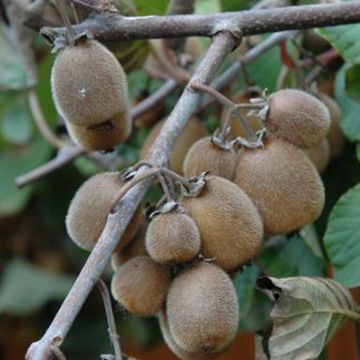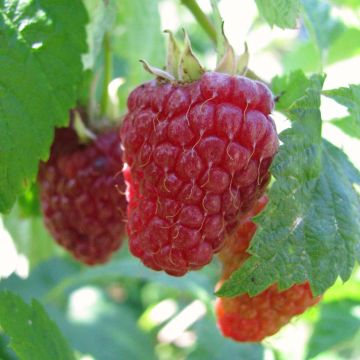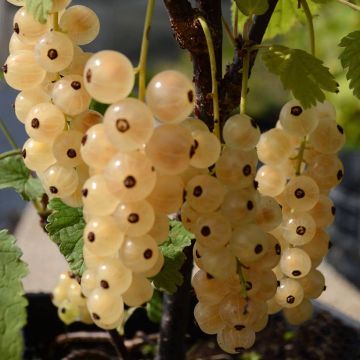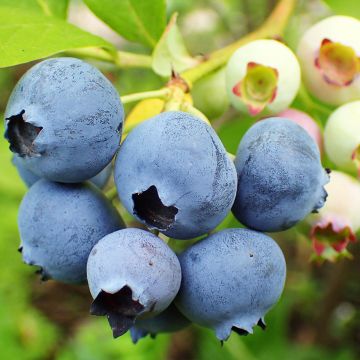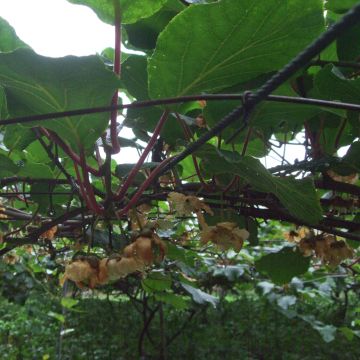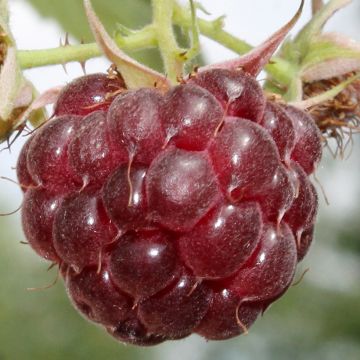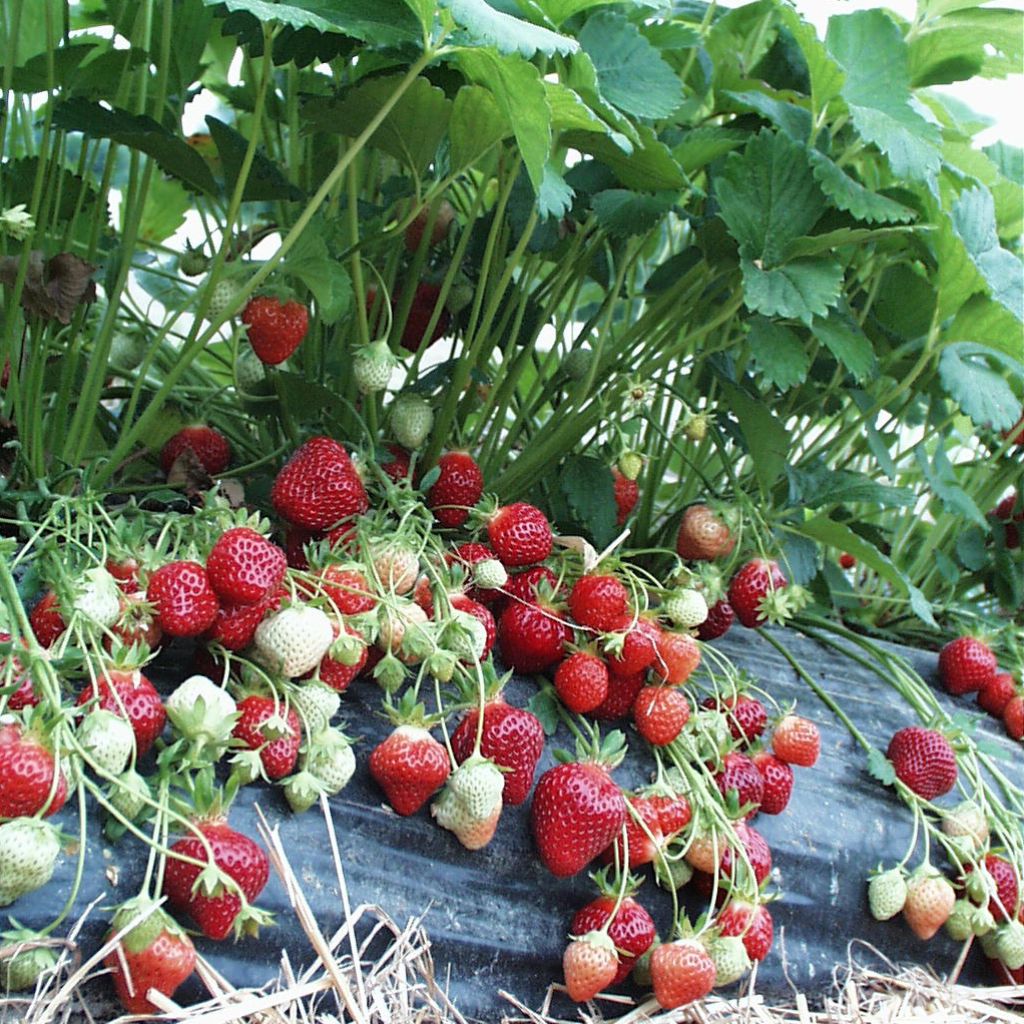

Strawberry Manille - Fragaria ananassa
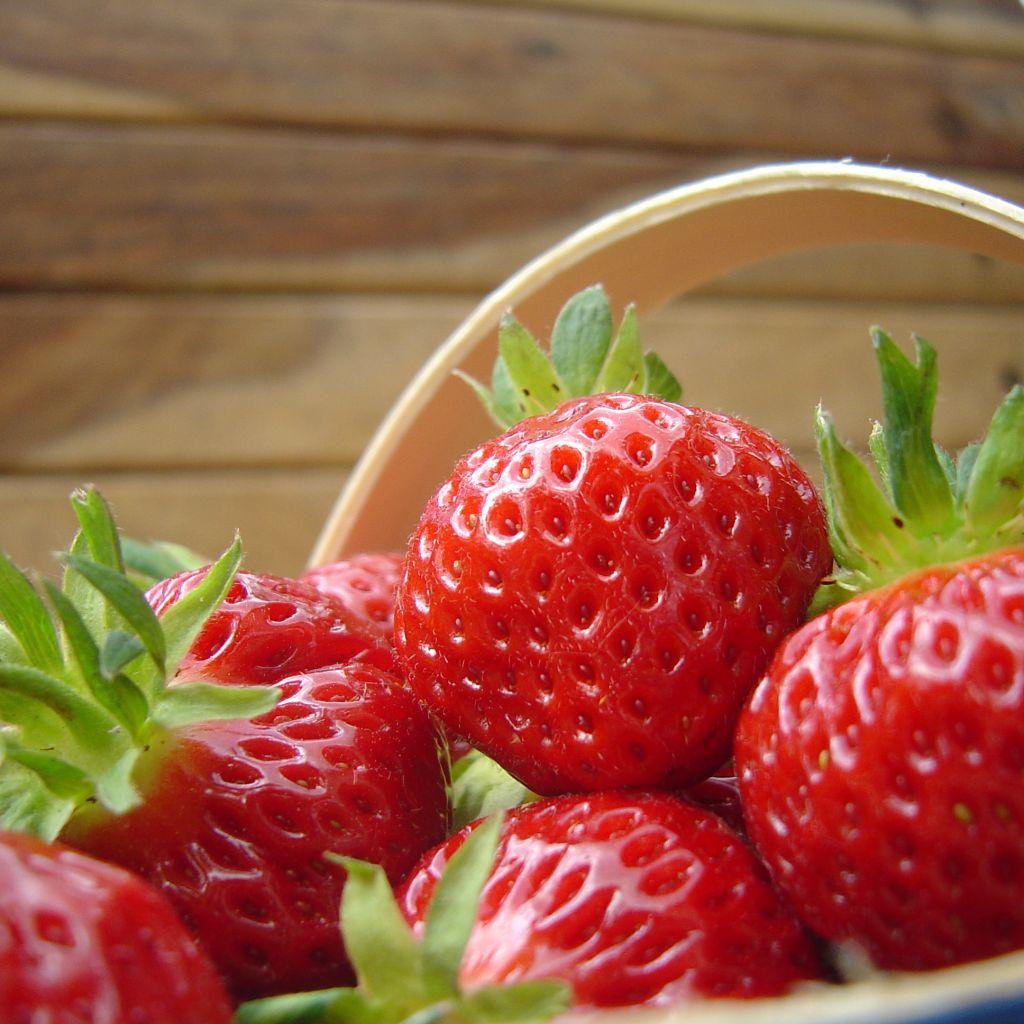

Strawberry Manille - Fragaria ananassa
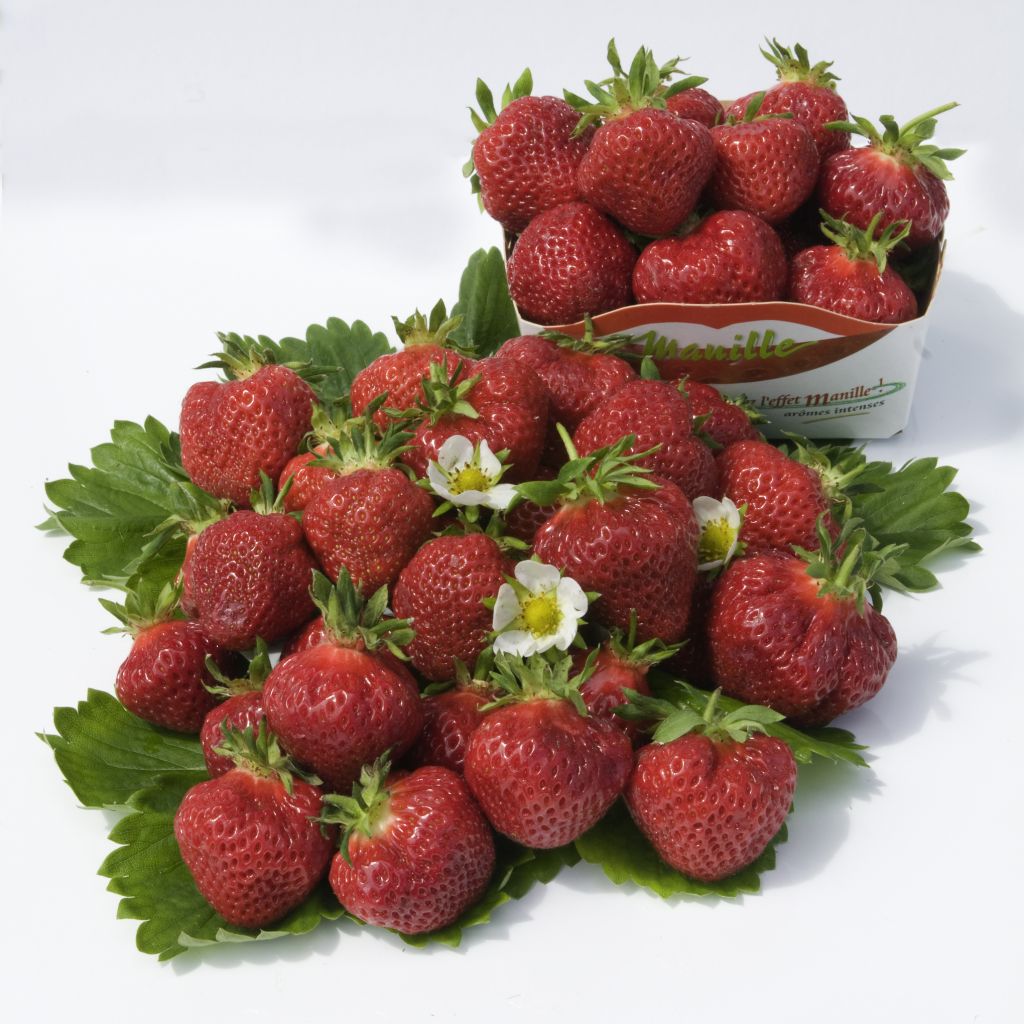

Strawberry Manille - Fragaria ananassa
Strawberry Manille - Fragaria ananassa
Fragaria ananassa Manille® COV MA94731
Garden Strawberry, Pineapple Strawberry
Why not try an alternative variety in stock?
View all →This plant carries a 6 months recovery warranty
More information
We guarantee the quality of our plants for a full growing cycle, and will replace at our expense any plant that fails to recover under normal climatic and planting conditions.
From €5.90 for pickup delivery and €6.90 for home delivery
Express home delivery from €8.90.
Description
The 'Manille' Strawberry is a non-remontant variety, producing large round fruits, bright red in colour. The strawberries, with a flavour similar to the 'Mara des Bois' variety, are firm and sweet. The Manila variety is an early variety, fruiting from May onwards. It has good disease resistance. It is a recent variety from breeder Marionnet. Planting is preferably done in autumn for a harvest in May and June.
The strawberry can be consumed in multiple ways: it can be eaten raw, with sugar, cream, or sliced thinly and dried before being incorporated into muesli or yogurt. If you have a plentiful harvest, consider making jams, coulis, pies, ice cream, or sorbets. You can also freeze strawberries.
There are 3 categories of varieties:
- Wild or perpetual strawberry varieties, producing small fruits from June to October
- Non-perpetual varieties with large fruits, like the 'Manille' variety, flowering only once a year in spring, producing very large fruits around June
- Remontant varieties with large fruits, flowering twice a year or continuously, producing large fruits from June to October
Indeed, the wild strawberry or woodland strawberry, present during Roman times and the medieval period, was crossed in the 18th century with a species brought from Chile, allowing for the selection of different varieties with large fruits through successive breeding.
The Strawberry is a hardy perennial belonging to the Rosaceae family. This variety has a spreading habit, with evergreen trifoliate, ovate, and dentate leaves. It produces small white flowers with a golden centre that will transform into large red fruits. Botanically speaking, we refer to strawberries as pseudocarps, with the achenes (seeds) appearing on the surface of the skin.
For harvesting, pick the fruits as they ripen, approximately every 2 or 3 days, ideally in the morning. Strawberries are delicate, so pick them with their stems by pinching the stem 1 to 2 cm (0 to 1in) above it. The texture of the fruit is a good indicator of ripeness. It should be firm and slightly soft to the touch. Strawberries are rich in vitamins and minerals. They can cause urticating effects for some people as they stimulate the release of histamine in the body.
Report an error about the product description
Strawberry Manille - Fragaria ananassa in pictures
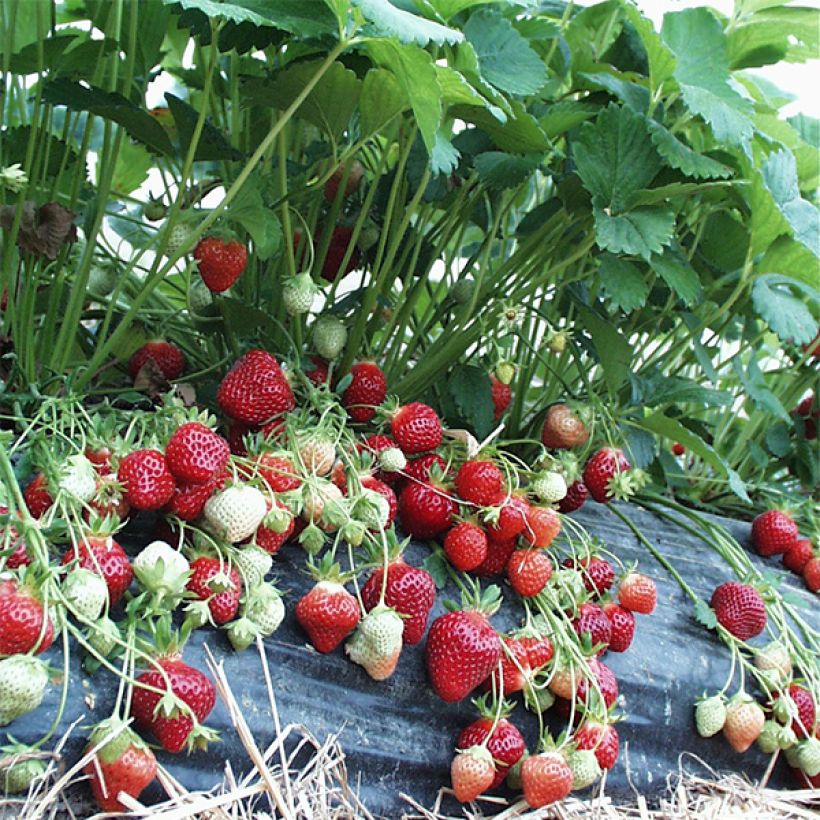

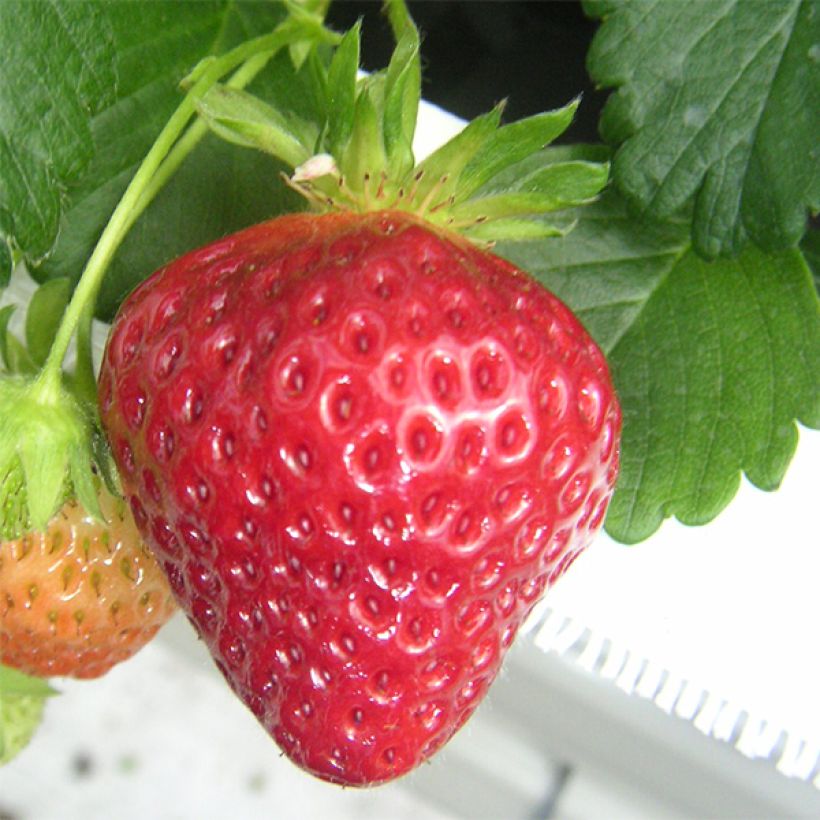

Plant habit
Fruit
Flowering
Foliage
Botanical data
Fragaria
ananassa
Manille® COV MA94731
Rosaceae
Garden Strawberry, Pineapple Strawberry
Cultivar or hybrid
Other Strawberry plants
Planting and care
The 'Manille' Strawberry appreciates rich, deep, well-drained, slightly acidic soils. A few months before planting, loosen the soil and add a generous amount of well-rotted compost. If your soil is alkaline, add some ericaceous soil and then provide a mulch made of acidic materials (such as pine needles or bark). Remove any weeds and rocks from the soil. Planting this variety is preferably done in autumn. Choose a sunny location. Strawberry plants are good companions for garlic, beans, lettuce, onions, leeks, thyme, and spinach. However, they do not like the company of cabbage and other brassicas. Strawberry plants remain in place for 3 to 4 years.
In open ground: Space the plants 35 cm (14in) apart in all directions. Dig a hole, place the strawberry plant (the collar should be level with the ground) and cover with fine soil. Water thoroughly. If your soil is moist, plant the plants on mounds 10 to 20 cm (4 to 8in) high.
In a pot: Place a layer of gravel or clay pebbles at the bottom of the pot to facilitate drainage. Fill the pot with a mixture of potting soil, garden soil, and compost. Place the plant, cover with soil, and firm it down. Water thoroughly.
Regularly weed. Mulch around the plants in summer to maintain soil moisture. Install a protective netting before the fruits turn red to avoid sharing your harvest with birds. You can also place ash or coffee grounds near the young plants to repel slugs and snails. Water regularly, especially in hot weather. In autumn, remove dry leaves.
Apply compost on the surface in spring. In cooler regions, install a tunnel in spring to protect the plants from spring frosts during flowering.
The plants should be renewed every 3 or 4 years. This variety propagates through stolons, which are small creeping stems that naturally root in the soil, forming new plants. To avoid exhausting the mother plant, cut the stolons and replant them if desired.
Wait 4 years before replanting Strawberry plants in the same location.
Planting period
Intended location
Care
-
, onOrder confirmed
Reply from on Promesse de fleurs
Berries
Haven't found what you were looking for?
Hardiness is the lowest winter temperature a plant can endure without suffering serious damage or even dying. However, hardiness is affected by location (a sheltered area, such as a patio), protection (winter cover) and soil type (hardiness is improved by well-drained soil).

Photo Sharing Terms & Conditions
In order to encourage gardeners to interact and share their experiences, Promesse de fleurs offers various media enabling content to be uploaded onto its Site - in particular via the ‘Photo sharing’ module.
The User agrees to refrain from:
- Posting any content that is illegal, prejudicial, insulting, racist, inciteful to hatred, revisionist, contrary to public decency, that infringes on privacy or on the privacy rights of third parties, in particular the publicity rights of persons and goods, intellectual property rights, or the right to privacy.
- Submitting content on behalf of a third party;
- Impersonate the identity of a third party and/or publish any personal information about a third party;
In general, the User undertakes to refrain from any unethical behaviour.
All Content (in particular text, comments, files, images, photos, videos, creative works, etc.), which may be subject to property or intellectual property rights, image or other private rights, shall remain the property of the User, subject to the limited rights granted by the terms of the licence granted by Promesse de fleurs as stated below. Users are at liberty to publish or not to publish such Content on the Site, notably via the ‘Photo Sharing’ facility, and accept that this Content shall be made public and freely accessible, notably on the Internet.
Users further acknowledge, undertake to have ,and guarantee that they hold all necessary rights and permissions to publish such material on the Site, in particular with regard to the legislation in force pertaining to any privacy, property, intellectual property, image, or contractual rights, or rights of any other nature. By publishing such Content on the Site, Users acknowledge accepting full liability as publishers of the Content within the meaning of the law, and grant Promesse de fleurs, free of charge, an inclusive, worldwide licence for the said Content for the entire duration of its publication, including all reproduction, representation, up/downloading, displaying, performing, transmission, and storage rights.
Users also grant permission for their name to be linked to the Content and accept that this link may not always be made available.
By engaging in posting material, Users consent to their Content becoming automatically accessible on the Internet, in particular on other sites and/or blogs and/or web pages of the Promesse de fleurs site, including in particular social pages and the Promesse de fleurs catalogue.
Users may secure the removal of entrusted content free of charge by issuing a simple request via our contact form.
The flowering period indicated on our website applies to countries and regions located in USDA zone 8 (France, the United Kingdom, Ireland, the Netherlands, etc.)
It will vary according to where you live:
- In zones 9 to 10 (Italy, Spain, Greece, etc.), flowering will occur about 2 to 4 weeks earlier.
- In zones 6 to 7 (Germany, Poland, Slovenia, and lower mountainous regions), flowering will be delayed by 2 to 3 weeks.
- In zone 5 (Central Europe, Scandinavia), blooming will be delayed by 3 to 5 weeks.
In temperate climates, pruning of spring-flowering shrubs (forsythia, spireas, etc.) should be done just after flowering.
Pruning of summer-flowering shrubs (Indian Lilac, Perovskia, etc.) can be done in winter or spring.
In cold regions as well as with frost-sensitive plants, avoid pruning too early when severe frosts may still occur.
The planting period indicated on our website applies to countries and regions located in USDA zone 8 (France, United Kingdom, Ireland, Netherlands).
It will vary according to where you live:
- In Mediterranean zones (Marseille, Madrid, Milan, etc.), autumn and winter are the best planting periods.
- In continental zones (Strasbourg, Munich, Vienna, etc.), delay planting by 2 to 3 weeks in spring and bring it forward by 2 to 4 weeks in autumn.
- In mountainous regions (the Alps, Pyrenees, Carpathians, etc.), it is best to plant in late spring (May-June) or late summer (August-September).
The harvesting period indicated on our website applies to countries and regions in USDA zone 8 (France, England, Ireland, the Netherlands).
In colder areas (Scandinavia, Poland, Austria...) fruit and vegetable harvests are likely to be delayed by 3-4 weeks.
In warmer areas (Italy, Spain, Greece, etc.), harvesting will probably take place earlier, depending on weather conditions.
The sowing periods indicated on our website apply to countries and regions within USDA Zone 8 (France, UK, Ireland, Netherlands).
In colder areas (Scandinavia, Poland, Austria...), delay any outdoor sowing by 3-4 weeks, or sow under glass.
In warmer climes (Italy, Spain, Greece, etc.), bring outdoor sowing forward by a few weeks.

































